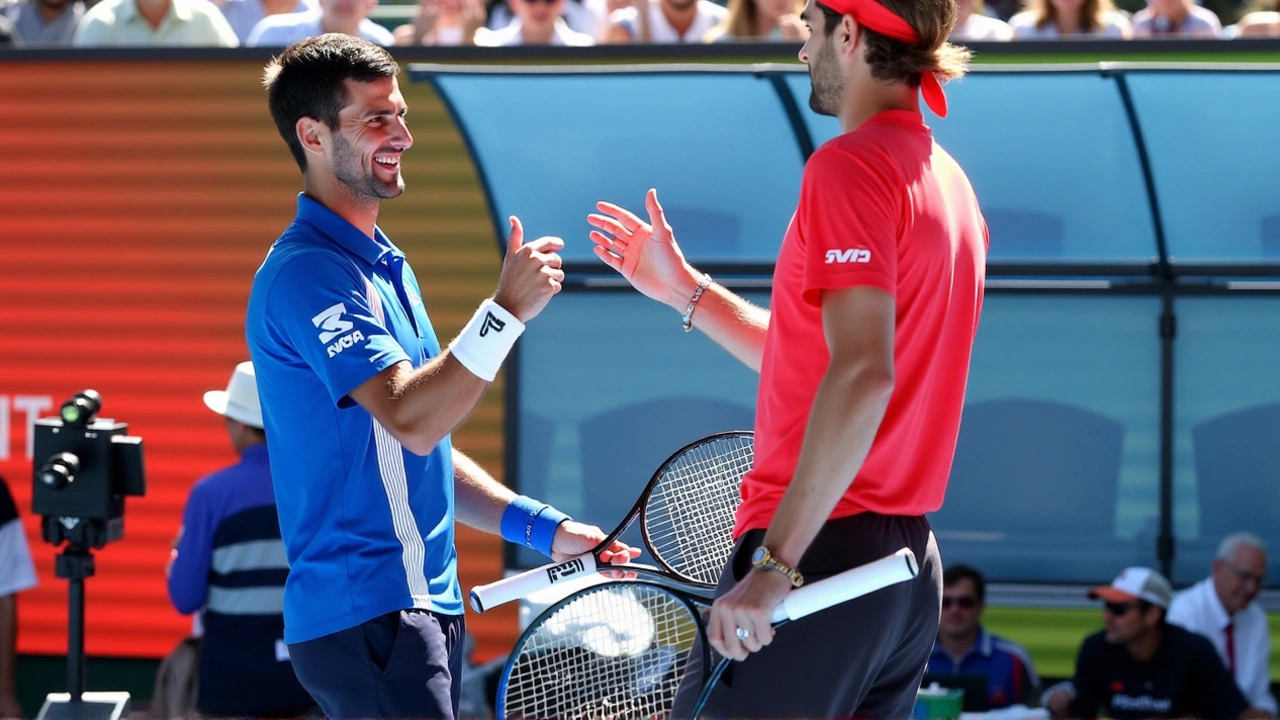In the fast lane: handling injuries in motorsports
Got knocked down on the track? Whether you’re a rider, driver, or pit crew, injuries happen fast and they can keep you off the bike or car for weeks. The good news is you don’t have to sit on the sidelines forever – there are clear steps you can take to cut the risk, treat a knock properly, and bounce back stronger.
Common injuries on the track
Most of us think of broken bones when we hear “injury,” but the everyday roster includes bruises, sprains, and concussions. A high‑speed crash usually puts the neck and spine at risk, while repetitive strain from bike handling can lead to shoulder impingement and wrist tendonitis. Cuts and scrapes are almost a given after a slide, and heat exhaustion shows up on those scorching summer days.
Recent news from the Premier League shows even top clubs face injury setbacks – Chelsea, for example, expect a key player to return after the international break. That kind of update reminds us that every sport deals with the same recovery clock, and the principles stay the same.
Prevention and recovery tips
First off, fit the right gear. A well‑fitted helmet, neck brace, and body armor do more than look cool – they absorb impact and keep the worst injuries at bay. Next, warm up properly. A 10‑minute routine that gets the heart pumping and the joints moving can cut muscle strains by half.
If you do get hurt, follow the RICE rule: Rest, Ice, Compression, Elevation. It sounds basic, but it works for sprains, bruises, and minor fractures. For anything that feels like a concussion – headache, dizziness, or blurry vision – stop riding immediately and see a medical professional. Ignoring a mild concussion can lead to longer downtime.
Rehab isn’t just physio; it’s also about staying active in a safe way. Swimmer’s laps, stationary bike sessions, and core work keep the blood moving without stressing the injured area. Stick to a schedule, track your progress, and gradually add back the moves you love – like leaning into a corner or standing on the bike.
Nutrition speeds healing too. Protein repairs tissue, while vitamin C and zinc boost the immune response. A simple post‑injury snack of Greek yogurt, berries, and a handful of nuts does the trick.
Finally, keep an eye on the mental side. Sitting out can feel isolating, especially when your teammates keep racing. Talk with a coach, join a support group, or set a small, achievable goal each week – like increasing shoulder range of motion by five degrees.
Bottom line: injuries are part of the sport, but they don’t have to end your season. By gearing up right, warming up smart, treating knocks promptly, and staying disciplined with rehab, you’ll get back on the track faster and safer. Got a specific injury you’re battling? Drop a comment, and we’ll share a tailored plan that fits your schedule and budget.




